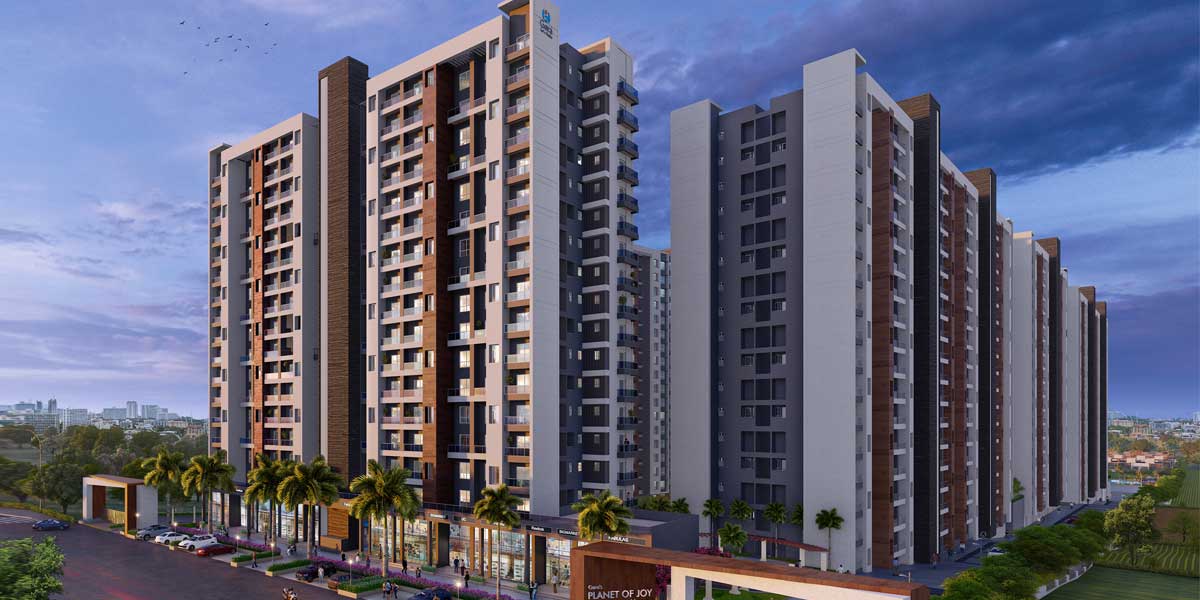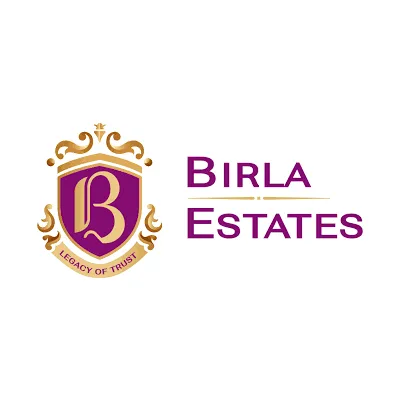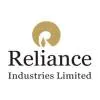As the world becomes increasingly conscious of the environmental impact of construction and real estate, green building rating systems have emerged as a popular way to measure and promote sustainability in the industry. In India, several such rating systems are prevalent, including LEED, IGBC, GRIHA and GEM.
“While all rating systems have a fundamentally similar ideology of saving critical natural resources of water, air, materials and energy, what differentiates them is the way they approach the project and the documentation sought towards certification,” says Nilesh Gandhi, Principal Architect,Metadesign.
According to Sriram Mahadevan, Managing Director,Joyville Shapoorji Housing,and COO, Shapoorji Pallonji Real Estate (SPRE), “LEED, IGBC and GRIHA or GEM are major green building rating systems used as indicators to qualify and quantify sustainability in building design and performance. These rating systems help minimise the negative impact of the construction process, from the design to the operational and maintenance stages. They also give the projects additional marketing mileage over other conventional buildings.”
And Rohit Gera, Managing Director, Gera Developments, explains, “The aim of all the four rating systems prevalent in India currently is to facilitate the development of sustainable projects in the construction industry and meet our UNSDG 2030 goals.”
Selection of a rating system
Elaborating upon the selection of rating system on a project-to-project basis, Mahadevan says, “The selection of a particular rating system for a project can depend on various factors, including the project's location, type, size and intended use. It can also be influenced by the preferences and expectations of consumers and stakeholders, as well as local and national regulations and policies. For instance, if a project is located in a region that mandates a specific rating system for compliance, that system would be the obvious choice. In the case of our Vanaha project, located in Pune, we have considered GRIHA as the rating system for our project, which is part of the Integrated Town Policy (ITP) under the Pune Metropolitan Regional Development Authority (PMRDA), which mandates the GRIHA rating system requirement. The project has been pre-certified by GRIHA.”
He further explains, “Alternatively, the choice of rating system can also be based on the developer's commitment to sustainability or the investors’ requirements and desire to achieve a certain level of environmental performance for their project. In this case, they may select a rating system that aligns with their values and goals. For example, at our Joyville Howrah project, our investor IFC suggested that we obtain the IFC innovation-EDGE certification.”
Gera adds, “Each of the rating systems have set their benchmarks based on NBC 2016 and ECBC as their guidelines. The green rating for a project would be identified depending on the parameters that are important for the occupants. While all ratings have a minimum criterion of 20-30 per cent for energy saving and a minimum of 20 per cent on water saving, it is equally important to understand what is considered by the rating system as a more impactful sustainability feature. For example, while LEED certification in its rating system considers site selection and site development as more impactful parameters, the GEM certification gives more importance to energy savings while the different IGBC ratings look at impactat a category level and hence the parameters differ by category.” Commenting on the selection of ratings for Gera’s projects, hesays, “The documentation involved and the time taken for the rating body to revert on the application (provide a precertification and eventually the certification) are other important factors that determine our preference, especially if sustainability is part of our pitch to a prospective buyer. At Gera we select a rating system after a thorough understanding of the project's needs, acceptability and preferences among consumers in a particular market.
Though selection of ratings is aimed at enhancing the value of the project in question, the same is not the case with all the rating systems. As Jitendra Kulkarni, Principal Architect, Evolution Design Studio,shares, “The GHAR rating developed by CPWD is specific to its own projects and does not require registration with any external agency, as it is evaluated and managed internally. However, unlike ratings for commercial buildings, GHAR rating may not have direct financial implications or market value. Its primary purpose is to ensure that government buildings are designed and constructed with sustainability and energy-efficiency in mind.”
Examples of green building rating features
Green building features are essential for a property to earn a high rating in the LEED, GRIHA, IGBC or GEM rating systems. According to Mahadevan, such features include sustainable site planning, efficient construction management, energy-efficiency approaches, efficient water management, solid waste management approaches, use of environment-friendly building materials and analysing life cycle costs. Implementing these features can improve a building's environmental performance, reduce operating costs, increase property values and contribute to a more sustainable future.
According to Gera, additional features that can help create a sustainable project include optimising rainwater use, minimising solar heat gain, using locally manufactured products, generating renewable energy, and ensuring the right window-to-wall ratio in habitable spaces. Moreover, each rating system has different levels of rating, ranging from a simple certification that meets the base criteria to an optimised criteria that results in a higher rating. Depending on the extent to which sustainable features are incorporated, the ratings are enhanced.
Assessment of sustainability and environmental impact
When it comes to assessing a building's sustainability and environmental impact, there are several rating systems available, each with their own methods and focus. Mahadevan explains that LEED evaluates a building's design, construction and operational aspects, while GRIHA assesses a building's sustainability throughout its entire lifecycle. IGBC, on the other hand, focuses on a building's environmental impact, including energy and water-efficiency, materials used and impact on the surrounding environment. GEM evaluates not only buildings but also transportation systems and urban infrastructure. Despite their differences, all rating systems aim to recognise and promote sustainable and environment-friendly buildings. Gandhi emphasises that these rating systems promote multiple strategies such as the choice of materials, energy and water consumption, air quality monitoring, and occupant well-being. All these initiatives put together can lead to a positive environmental impact.
Expenses, advantages and green ratings
Gera acknowledges that while vernacular construction in a suitable environment is ideal for sustainable development, it is not practical in real estate at scale. He suggests that a green project offers significant advantages while balancing the additional expenses involved. The additional costs vary with the level of green rating one wishes to achieve. For instance, the amount of renewable energy generated is dependent on the quantum of solar PV panels that can be installed, which would come at an additional cost. Similarly, the use of recyclable materials would improve the rating of the project but would come at a higher cost. Gera believes that it's about weighing and balancing the cost and the benefit, the cost to the developer versus the benefit to the end consumer.
Sharing his insights, Mahadevan adds that there are certification fees associated with obtaining different green ratings, and these fees can vary depending on the rating system, the size and the complexity of the project. To meet the green rating criteria, additional design and construction costs may be required, such as using more expensive materials, installing energy-efficient systems, and adding green features like solar panels or green roofs. An additional 5-10 per cent cost over the regular development cost for a conventional building is usually incurred.
Summing up the validity of the different ratings,Gandhi says, “Ratings are typically valid for two to five years, depending on the rating system selected, and projects have the option to renew their ratings. During recertification, any equipment that has deteriorated over time can be refurbished or replaced to extend its lifespan, which leads to lower operational expenses and a longer life for the building and its equipment. Continual monitoring and verification contribute to these positive outcomes.”
Indeed, green rating systems have become an essential tool to evaluate the sustainability and environmental impact of buildings in India. While each rating system has its own set of criteria and standards, they all aim to promote the efficient use of resources, reduce environmental impact, and enhance the health and well-being of occupants. As the demand for sustainable buildings continues to grow, it is important to ensure that these rating systems are updated and aligned with the latest environmental and social standards. Nevertheless, the implementation of green rating systems in India is a crucial step towards creating a more sustainable and resilient built environment for future generations.




















